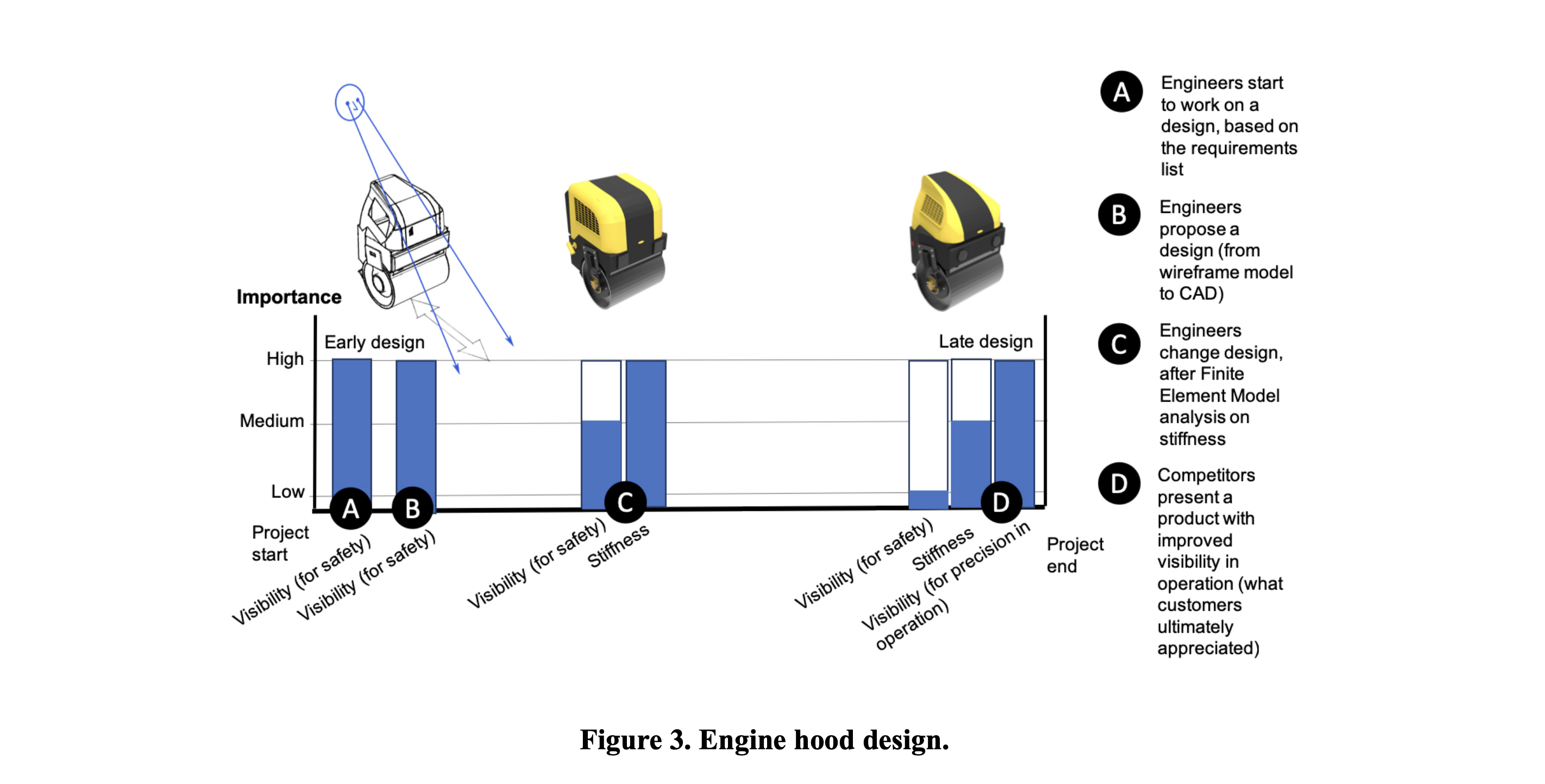
Using models as boundary objects in early design negotiations: analysis and implications for decision support systems
- Post by: Tobias Larsson
- 31st March 2020
- No Comment
Abstract
One common strategy to include more downstream lifecycle dimensions in early design is to enrich modelling and simulation techniques embedded in decision support systems. However, downstream dimensions are difficult to trade against more traditional engineering objectives. This research studied through individual interviews how six disciplines use models to negotiate design trade-offs. References to models were categorised according to whether models supported or hampered the duration of trade-off identification and how they impacted the duration of trade-off resolution. The results point to the difficulty of applying downstream lifecycle issues earlier in the design process because of the characteristics of the models that are used. A list of characteristics promoting and limiting the use of four models as boundary objects (CAD models, simulation results, total cost of ownership and decision matrices) is provided. The cross-analysis of these characteristics provides insights into how models need to be organised in decision support systems.
Keywords
Collaborative design, decision-making, engineering design, boundary object, product development
Citation
Panarotto, M., Bertoni, M., Johansson C. “Using models as boundary objects in early design negotiations: analysis and implications for decision support systems”. In: Journal of Design Research, ISSN 1748-3050, E-ISSN 1569-1551, Vol. 17, no 2-4, p. 214-237. https://doi.org/10.1504/JDR.2019.105757
Download
http://urn.kb.se/resolve?urn=urn:nbn:se:bth-19349
https://doi.org/10.1504/JDR.2019.105757
